Sometime ago I designed an bespoke enclosure for an el' cheapo action camera (GoPro clone), which pinned out the USB's power lines outside the waterproof enclosure - something like this, with the diodes on a tiny PCB inside the enclosure:

simulate this circuit – Schematic created using CircuitLab
The camera, with its enclosure, would be placed in a bespoke cradle to be charged (outside voltage of course slightly more than 5V to compensate for D1's Vf). The idea is that the enclosure will stay shut all the time, as this is important to the application (there also other specifics, which is why we haven't employed standard waterproof USB connectors in the first place).
I have a request to expose the data pins as well in a similar fashion, because they want to download movies from the camera quickly (the existing WiFi-based transfer is slow). I'm not well-versed with why the USB standard is designed the way it is, but I do remember that all USB connectors make sure that
- the power rails mate first, then D+/D-
- the D+/D- contacts are recessed, so it would be hard to accidentally apply ESD to them.
If I redesign the whole thing to pin out D+/D- outside the waterproof shell, I would likely violate the first point, and certainly will violate the second.
Question
How dangerous is this? Can't I just make the small PCB inside the enclosure a bit more complex and add e.g. ESD protection diodes from each data line to the power rails? Would the USB communication be affected by such protection measures?